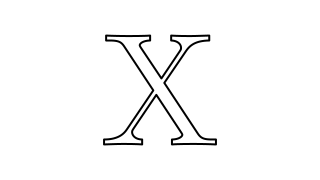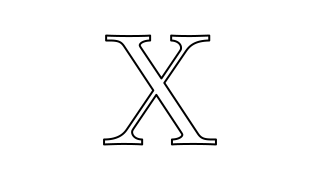| Copyright | Written by David Himmelstrup |
|---|---|
| License | Unlicense |
| Maintainer | lemmih@gmail.com |
| Stability | experimental |
| Portability | POSIX |
| Safe Haskell | None |
| Language | Haskell2010 |
Reanimate.Morph.Linear
Description
Synopsis
- linear :: Morph
- rawLinear :: Morph
- closestLinearCorrespondence :: PointCorrespondence
- closestLinearCorrespondenceA :: (Real a, Fractional a, Epsilon a) => APolygon a -> APolygon a -> (APolygon a, APolygon a)
- linearTrajectory :: Trajectory
Documentation
Linear interpolation strategy.
Example:
playThenReverseA$pauseAround0.5 0.5 $mkAnimation3 $ \t ->withStrokeLineJoinJoinRound$ let src =scale8 $center$latex"X" dst =scale8 $center$latex"H" inmorphlinearsrc dst t

Linear interpolation strategy without realigning corners. May give better results if the polygons are already aligned. Usually gives worse results.
Example:
playThenReverseA$pauseAround0.5 0.5 $mkAnimation3 $ \t ->withStrokeLineJoinJoinRound$ let src =scale8 $center$latex"X" dst =scale8 $center$latex"H" inmorphrawLinearsrc dst t

closestLinearCorrespondence :: PointCorrespondence Source #
Cycle polygons until the sum of the point trajectory path lengths is smallest.
closestLinearCorrespondenceA :: (Real a, Fractional a, Epsilon a) => APolygon a -> APolygon a -> (APolygon a, APolygon a) Source #
Cycle polygons until the sum of the point trajectory path lengths is smallest.
linearTrajectory :: Trajectory Source #
Strategy for moving points in a linear (straight-line) trajectory.